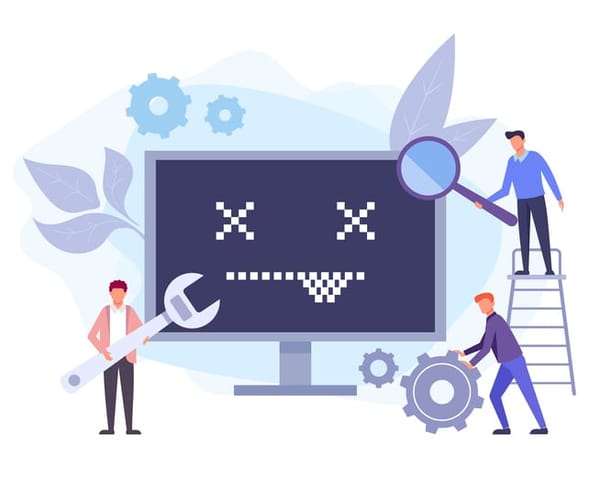
Want to know how much website downtime costs, and the impact it can have on your business?
Find out everything you need to know in our new uptime monitoring whitepaper 2021







Downtime happens, it’s a fact of running a website – but understanding and logging what caused the downtime enables you to better react in the future. It’s with this in mind that today we’re happy to announce the addition of annotation on downtime. You are now able to go to any one of your tests and click a period (be it a downtime period or uptime) and annotate that downtime. This means that you or a member of your team can quickly find out what caused each time down you have historical on your site.
To annotate a span simply go to your control panel, click a test and then click a span within the “Status Periods” section. You can then enter any information you want about this span.
Beyond being useful as a tool for internal use you can also optionally share your annotations on your public reporting page. This means you no longer need to have random spans of downtime without an explanation but rather you can inform users if it was scheduled or what caused it. You don’t have to share your annotations publicly but doing so will help build trust among your users.
It’s that simple!
Share this

3 min read IPFS is a game-changer for decentralised storage and the future of the web, but it still requires active monitoring to ensure everything runs smoothly.

3 min read For any web developer, DevTools provides an irreplaceable aid to debugging code in all common browsers. Both Safari and Firefox offer great solutions in terms of developer tools, however in this post I will be talking about the highlights of the most recent features in my personal favourite browser for coding, Chrome DevTools. For something

6 min read There has certainly been a trend recently of using animations to elevate user interfaces and improve user experiences, and the more subtle versions of these are known as micro animations. Micro animations are an understated way of adding a little bit of fun to everyday user interactions such as hovering over a link, or clicking

2 min read Read about the latest websites that have experienced downtime including Netflix, Twitter, Facebook and more inside!

2 min read Read about how Google suffered an outage due to the soaring temperatures in the UK in July and how they rectified it right here!

3 min read See the results of our website downtime survey to see some of the most shocking and surprising stats! You won’t be disappointed.
Find out everything you need to know in our new uptime monitoring whitepaper 2021